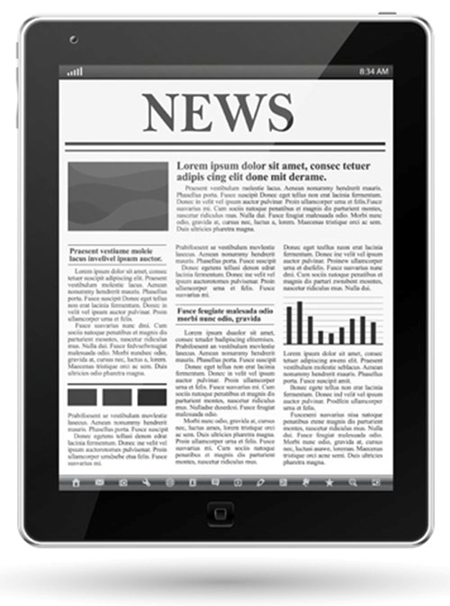Print journalism has a proud tradition of clever headlines—puns and other devices that grab a reader's attention. But the harsh realities of search engine optimization (SEO) have dampened online wordplay wit. And dry headlines describing the content of articles and blog posts have become the website norm.
But that doesn't have to be the case. Whether you use WordPress for your blog or website, or you rely on some other content management system (CMS), you can have both your clever headline and your SEO, according to Roger Dooley. How? With keyword-optimized page titles.
Those page titles are all but unseen by readers who come to your site (though you'll see them on your browser tab, and they're often, but not always, reflected in the article URL). The page titles are nevertheless easily visible to and relevant for Google and Bing. It's a titular sleight of hand that can earn more clicks for your content.
Major news organizations have been using the technique for a long time, and Dooley found examples like the following at the Wall Street Journal and the New York Times.










![Business Leaders' Perspectives on AI for Lead Gen [Infographic]](https://i.marketingprofs.com/assets/images/articles/lg/250925-infographic-lg.jpg)


![Where AI Gets Its Facts [Infographic]](https://i.marketingprofs.com/assets/images/articles/lg/250916-infographic-lg.jpg)


![SEO Principles: A Guide for Beginners [Infographic]](https://i.marketingprofs.com/assets/images/articles/lg/250710-infographic-lg.jpg)

![The Global Web Traffic of Search Engines vs. AI Chatbots [Infographic]](https://i.marketingprofs.com/assets/images/articles/lg/250612-infographic-lg.jpg)


![What's the Difference Between SEO, AEO, and GEO? [Infographic]](https://i.marketingprofs.com/assets/images/articles/lg/250501-infographic-lg.jpg)


